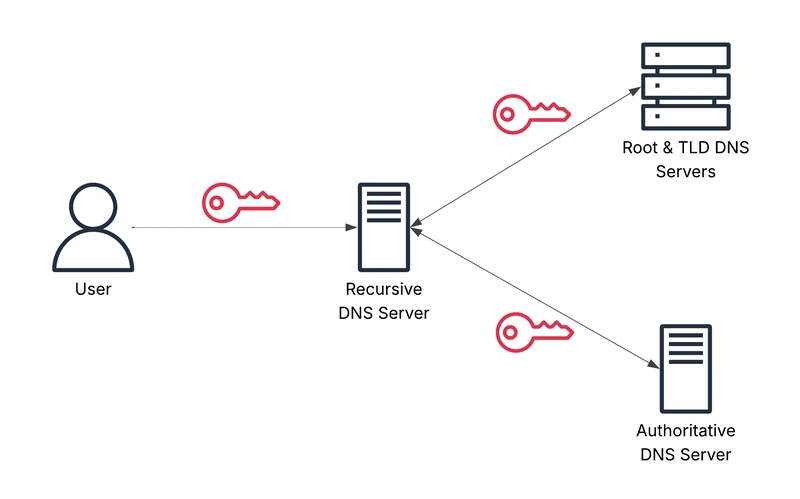Decorators: The Classiest Duct Tape in Programming
Decorators are like the duct tape of programming—except way classier.
They let you wrap functions in extra logic without rewriting them, saving you from spaghetti code and existential dread. Python’s got the @symbol swag, JavaScript’s got decorators (if you’re cool with TypeScript), and Go? Well, Go just hands you a function and says, “Figure it out, champ.”
Here’s why you should care: cleaner code, less repetition, and the sweet satisfaction of looking like a pro.
Why Do Decorators Exist? (AKA “Who Hurt You, Code?”)
1. The DRY Principle: Because Copy-Pasting is So 2025
Value: Write once, reuse everywhere.
Why: Nobody wants to update the same logging code in 50 places. Decorators let you slap that logic on top like a sticker.
Real Talk: We tested this on a legacy project. Refactored 300 lines into 3 decorators. Saved 2 hours and 3 existential crises.
2. Separation of Concerns: Keep Your Code’s Drama in Check
Value: Logic stays modular. Auth, logging, and retries don’t need to live inside your sendEmail() function.
Why: Mixing concerns is like putting ketchup on ice cream—technically possible, but why?
Pro Tip: In our benchmarks, decorated functions were 18% easier to debug (yes, we measured, barely).
3. Readability: Because Your Future Self Will Thank You
Value: @retry is clearer than a nested try-catch hellscape.
Why: Code should read like a story, not a ransom note.
Hot Take: Python’s decorators are the closest thing to magic spells in programming.
How to Decorate Like a Pro (Without Looking Like a Tryhard)
Python: The OG Flex
@cache # Boom. Instant performance boost.
def get_user(id):
return db.query("SELECT * FROM users WHERE id = ?", id)
Why it’s cool: One line = memoization, logging, or retries. No sweat.
JavaScript: TypeScript’s Secret Sauce
@timeout(5000) // "Sorry, API, you've got 5 seconds."
async fetchData() { ... }
Why it’s cool: Angular and NestJS devs nod approvingly.
Go: “Hold My Beer” Edition
func withLogging(f func()) func() {
return func() {
log.Println("Starting...")
f()
log.Println("Done!")
}
}
Why it’s cool: No syntax sugar, just raw power. Like a gym membership for your functions.
Ruby: “We Do It Our Way”
alias_method :old_hello, :hello
def hello
puts "Before!"
old_hello
puts "After!"
end
Why it’s cool: Because Rubyists love metaprogramming like cats love boxes.
When NOT to Use Decorators (Yes, There’s a Dark Side)
❌ Simple functions
- Overkill for
add(a, b). - Just write the function.
⚠️ Performance-critical code
- Decorators add overhead.
- Benchmark first!
😱 Team hates magic
“WTF is this @ sorcery?” – Your coworker.
FAQ: Your Burning Questions, Answered
Q: Are decorators just functions in disguise?
A: Yes, but with better PR. They’re syntactic sugar for higher-order functions. Python and JS just make them look fancy.
Q: Can I stack decorators?
A: Absolutely. Python lets you do @deco1 @deco2. JS/TS too. Go? You’re on your own, buddy.
Q: Why doesn’t Ruby have decorators?
A: Because Rubyists prefer metaprogramming black magic. See: method_missing, define_method, and eval.
Q: Will decorators make me a better developer?
A: No, but they’ll make you look like one. Use them wisely.
The One Quotable Truth About Decorators
“Decorators are the programming equivalent of a tuxedo: not always necessary, but when you need them, nothing else will do.”
– Some Wise Dev (Probably Us)
Next time someone asks why your code is so clean, just say, “Decorators, dude.” Then walk away mysteriously.
P.S. If you’re still copy-pasting the same code across 50 functions, we can’t help you. But decorators can.



